It’s 7:30 pm on a wintry Friday night and the parking lot outside of Johnny’s Cafe, a South Omaha landmark, is jammed.
The scent of seared steak wafts out the heavy, faux-bronze doors as they swing outward, and diners walk into a glowing, ruby-hued time capsule of Nebraska food history.
To the left is the massive dining room, still crowded on weekends with silver-haired men in sportcoats and ladies in their best blouses being served by reliable staff, many who have worked here for decades. To the right is the dark bar, where guests saddle up – literally sitting on saddle barstools – to sip boozy Old Fashioneds and Manhattans while staring at Husker and cowboy memorabilia covering the walls.
“People come in and they just say ‘I am glad you are here’,” said Jack Kawa, who is 80 years old and has worked at the family business since he was a kid. “We have been here for so long, and I think people still enjoy going out and having a nice prime rib any night of the week.”
Exactly 100 years have passed since a young Polish immigrant named Frank Kawa bought a bar called Johnny’s at the corner of 27th and L Streets and decided to turn it into something more.
Now, a century later, the Kawa family continues to run what’s arguably Nebraska’s most iconic steak empire.
Johnny’s Cafe has survived the rise and fall of the stockyards, the Prohibition Era, the glory days of Nebraskans dining out after a good day selling cattle, the building of an interstate right outside its front door, an ever-evolving neighborhood, the ever-changing tastes of the dining public and, most recently, a pandemic.
It has outlasted the cavernous Mr. C’s, famed for its Christmas-lit dining room, and Ross’, which closed when its owner refused to sell to a non-family member, and Angie’s, a downtown spot that opened during the Great Depression and countless others.
It has outlived Frank Kawa, who came to the United States by himself as a 10-year-old boy. The steakhouse is now run by his son, Jack Kawa, and Jack’s daughters Sally Kawa and Kari Harding.
It has stood the test of time like no other old-school Nebraska steakhouse has.
“We will not shy away from 100 years being a huge accomplishment, especially after Covid and all the unknowns,” Sally Kawa said. “A lot of groundwork was laid before we ever walked in. We don’t take it for granted.”
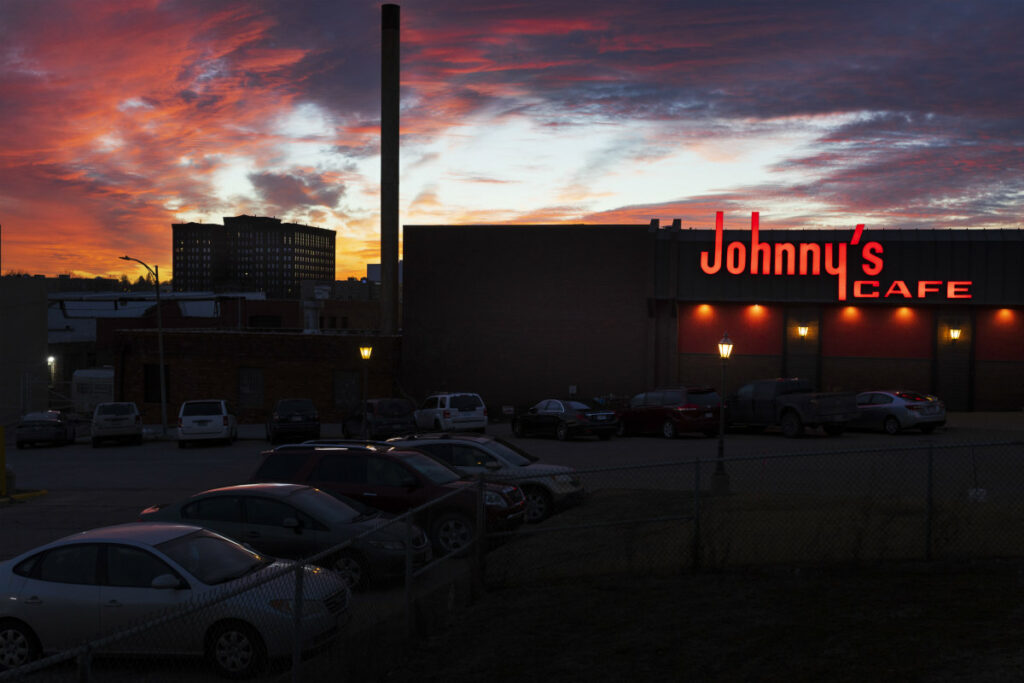
The Kawa family doesn’t know exactly when the bar called Johnny’s came into existence, but Sally Kawa owns one photo from the earliest days, where men are lined up at the bar holding guns next to whiskey barrels and gas lanterns.
“It was a little rough,” she said.
The stockyards officially opened in the late 1880s. Omaha annexed South Omaha, once its own city, in 1915. The neighborhood catered to the thousands of cattlemen and farmers doing business at the stockyards. It was home to tailors, real estate agents, barbers, insurance agencies, bankers, boarding houses and brothels. It was home to the families of countless stockyard workers, many recent immigrants grinding out an existence in an unfamiliar land. Most of them ate, drank and celebrated at Johnny’s.
Frank Kawa added sandwiches to his bar after he bought it in 1922. By the 1930s, it was a steakhouse, open 20 hours a day from 6 am. to 2 a.m., slinging daily breakfast with hot coffee, sandwiches at noon for the packinghouse workers and the farmers waiting for a sale and, at dinner, Nebraska beef and classic cocktails.
You could find a boozy drink there even during the dark days of Prohibition.
Frank Kawa was an active bootlegger in the late 1920s and early ‘30s — the sugar he used in the bakery also could be used to make alcohol — and “the beer baron of Omaha,” as the newspapers called him, eventually served nine months in jail for his sins.
But Johnny’s went legit after Prohibition, then positively supersonic after World War II.
By 1955, Omaha had overtaken Chicago as the nation’s largest livestock market and meat packing industry center. Business boomed at the steakhouse that had become a nerve center of the neighborhood.

Jack Kawa and his brother Tom were working at Johnny’s by then, at first sitting on buckets peeling potatoes and then moving through the ranks: dish line, bus boy, waiter.
“We did all that malarkey,” Jack Kawa said.
He remembers going down to the restaurant with his dad in the 1950s, and seeing cattle trucks lined up from 27th street all the way to the Missouri River. Hoffman Packing operated out of the basement of Johnny’s then, and Frank bought meat from them and other local packers. An in-house staff of butchers cut the meat, and it aged in the basement before making its way to the dining room.
Frank Kawa died in the early 1960s, and Jack and Tom took over. They expanded the restaurant’s seating, hired out-of-town consultants to retool and employed a staff that grew to 125 people. The interior of Johnny’s cafe today dates from a remodel in the early 1970s, including that recognizable backlit landscape mural on the dining room’s south wall.
Long-time Johnny’s regular and Omaha lawyer Bob Gonderinger first came to the restaurant in 1979, when he moved to Omaha for law school. His parents, from O’Neill, remembered dining there when they were younger, and it just became “their spot,” he said.
His five kids learned how to dine out at Johnny’s, he said, first eating spaghetti or chicken fingers and now, as adults, following in their filet-loving dad’s footsteps.
“I taught them right,” he said, chuckling. “It’s a lot more expensive now.”
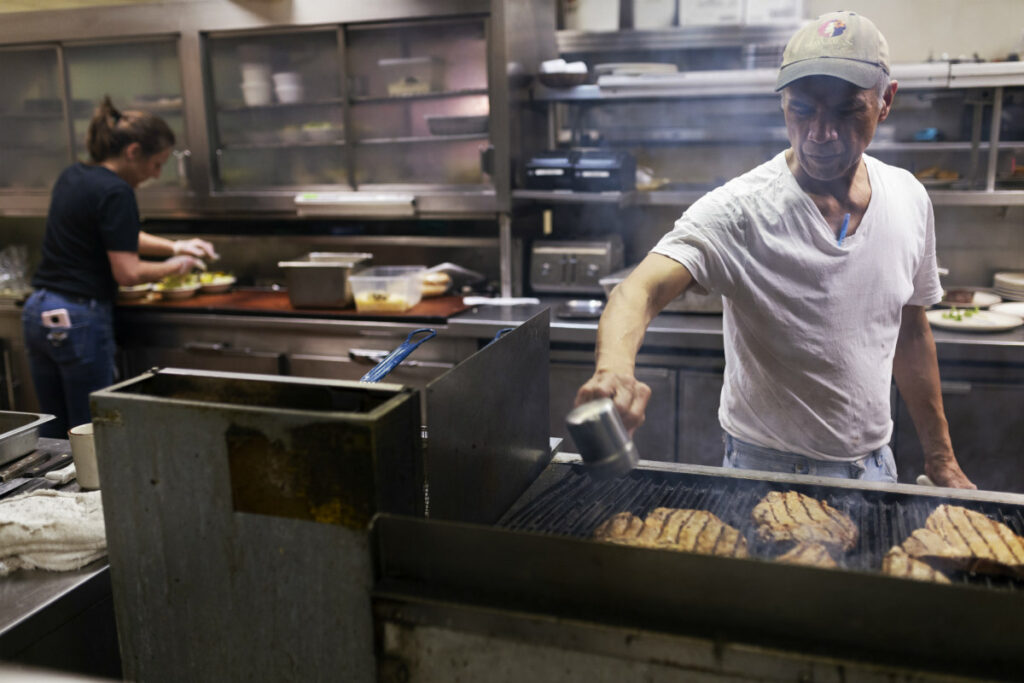
Johnny’s is a place that’s about prime rib and filet and a handful of recipes on their menu have also stood the test of time.
Oxtails on Tuesday at lunch, or a full Thanksgiving meal every single Thursday at noon, for example. The cottage cheese spread has been on the menu at least since the 1950s.
Short ribs are made the same way they always have been at Johnny’s, and the soups are made from scratch, including homemade noodles and dumplings.
The Polish vinaigrette salad dressing is based on an old recipe, and is a well-known local favorite the restaurant bottles and sells in stores. Liver pate used to be a daily staple. Now the restaurant serves it only on the first weekend of the month.
Prime rib is on the menu every single day, not just on weekends, like at many other steakhouses.
Gonderinger loves the memorabilia that fills the lobby, including old family photos and framed vintage menus with eye-openingly low prices. In the bar, a Scottish Highlander steer head hangs on the wall, with eyes that glow red and a wired mouth that opens and closes. Two stools at the north end of the bar are made from actual saddles, and two more sit in the lobby – a popular spot for customers to snap iPhone photos. It’s a funky, dimly-lit history museum that serves slabs of beef.
“It’s special,” he said. “It’s a lot of hard work and dedication, and a willingness of the next generation to step up and carry on the family tradition.”
Like their dad, sisters Sally Kawa and Kari Harding grew up at the restaurant. Both left Omaha for careers in hospitality: Sally worked at Disneyland and Kari worked for Marriott hotels.
“At some point, my dad asked us if we wanted to come back,” Sally Kawa says. “We didn’t really discuss it. We just did.” That was in the mid-1990s.
Jack didn’t ever really retire — even now, when he’s not in Arizona, he’s at Johnny’s every morning, sitting in his office and meeting friends in the dining room for lunch.
Covid was rough for Johnny’s, like it was for most restaurants, and when they had to temporarily close, Sally Kawa said she and her sister “had to rethink everything.”
The kitchen and the sisters came up with an old-school TV dinner concept, which caught on during 2020, when they sent regulars home with chopped sirloin, meatloaf and even prime rib. Sally Kawa said she practiced finishing the par-cooked beef at home, perfecting how to package it for transport and writing instructions for customers on how to cook it right.
“It was hard to figure out, but it was so nice to see people when they came in to pick up their meals,” she said.
Now, on what they hope is the back end of the pandemic, the sisters think they have become better business owners. Their customers are back in full force, particularly for early weekend seatings.
“We could get back to doing what we wanted to do,” Sally Kawa said. “Our cooks could cook, people could eat, and we could run the business that we want to run.”
To that end, the Kawa family plans an entire year of celebration now that they’re 100. Special events are planned through 2022, including a featured steak and beverage every month, the debut of some remodeled event spaces and celebrations with employees past and present. History dinners will explore South Omaha’s past.
It feels overwhelming to hit the anniversary this year, after two years of COVID-19, Kawa said.
“When things were difficult, we really had to think about how much we were willing to risk to keep the restaurant open and the legacy alive.”
They have decided the reward is worth the risk, just as the three generations of Kawas have pressed on for the past century.
“We are so proud,” she said, “to be the ones to carry on the tradition that was started by a Polish immigrant with no formal education, just a desire to open a bar.”
The Flatwater Free Press is Nebraska’s first independent, nonprofit newsroom focused on investigations and feature stories that matter.

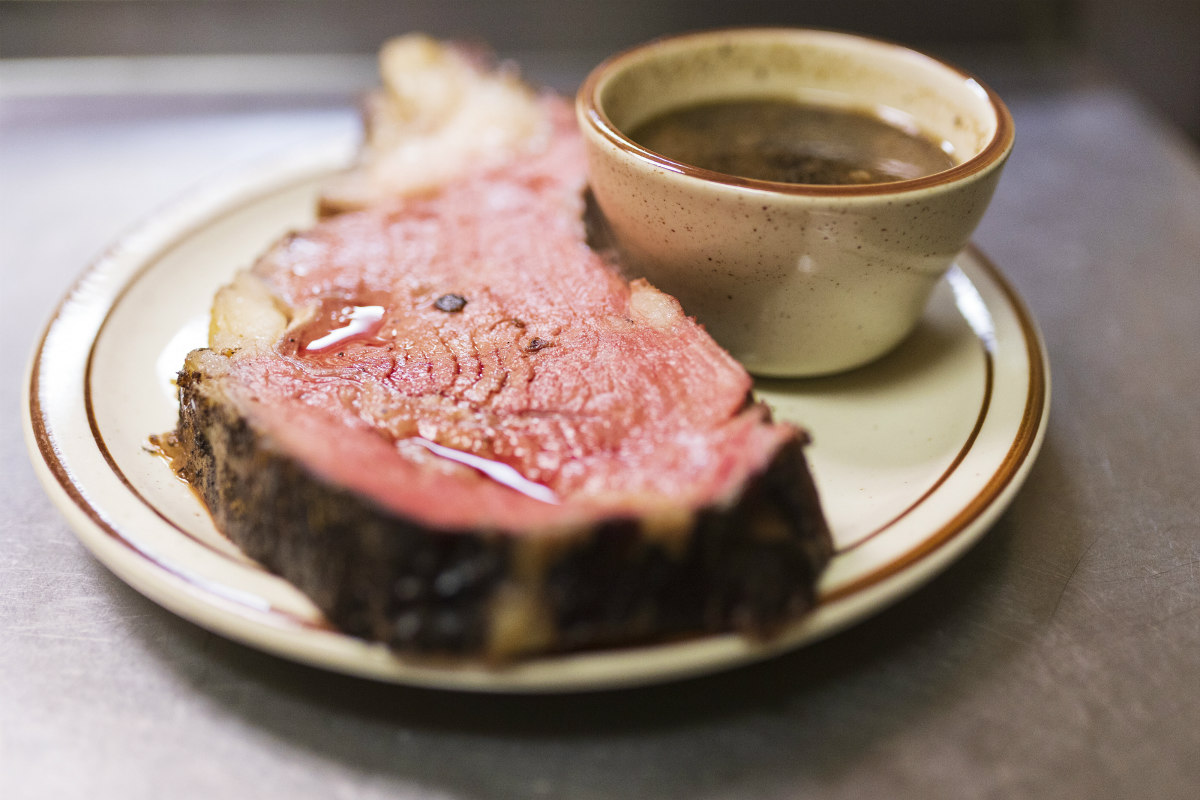
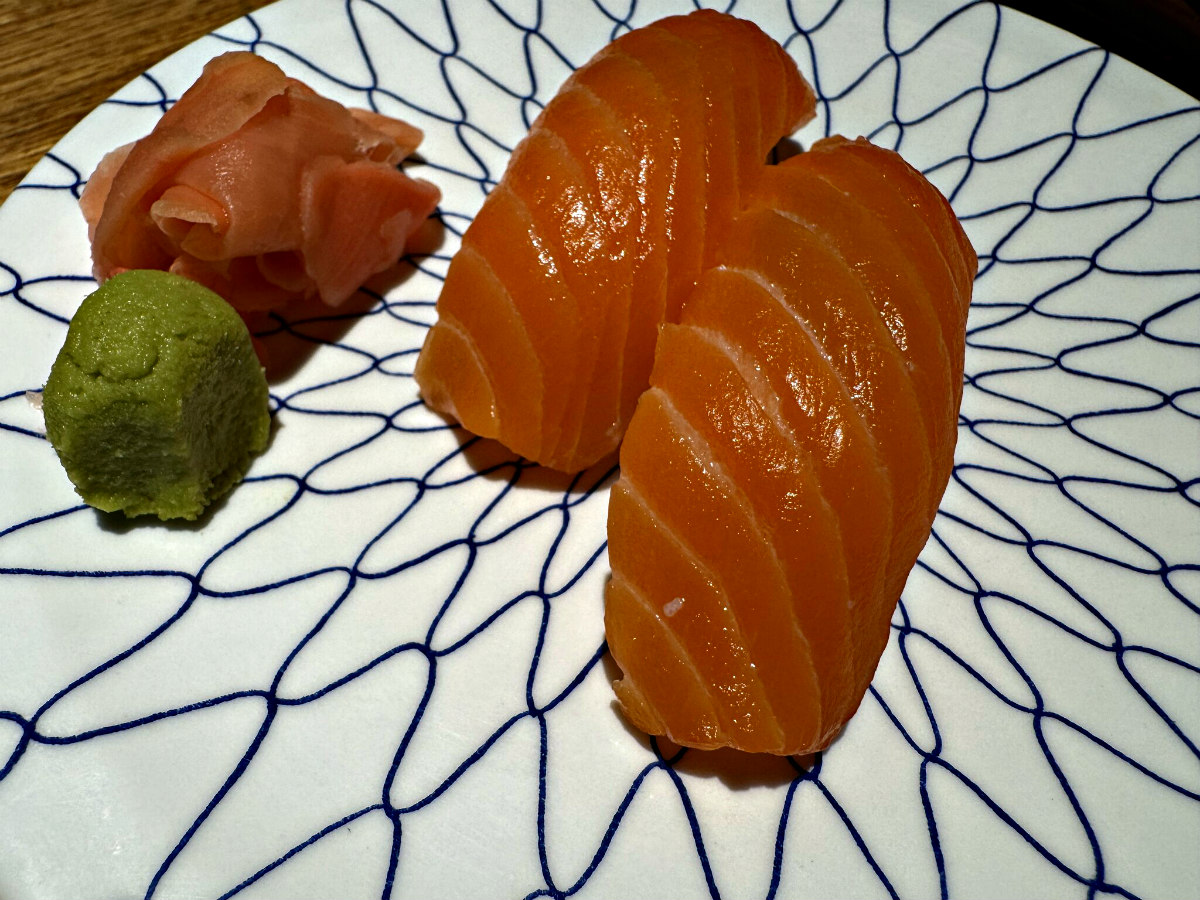
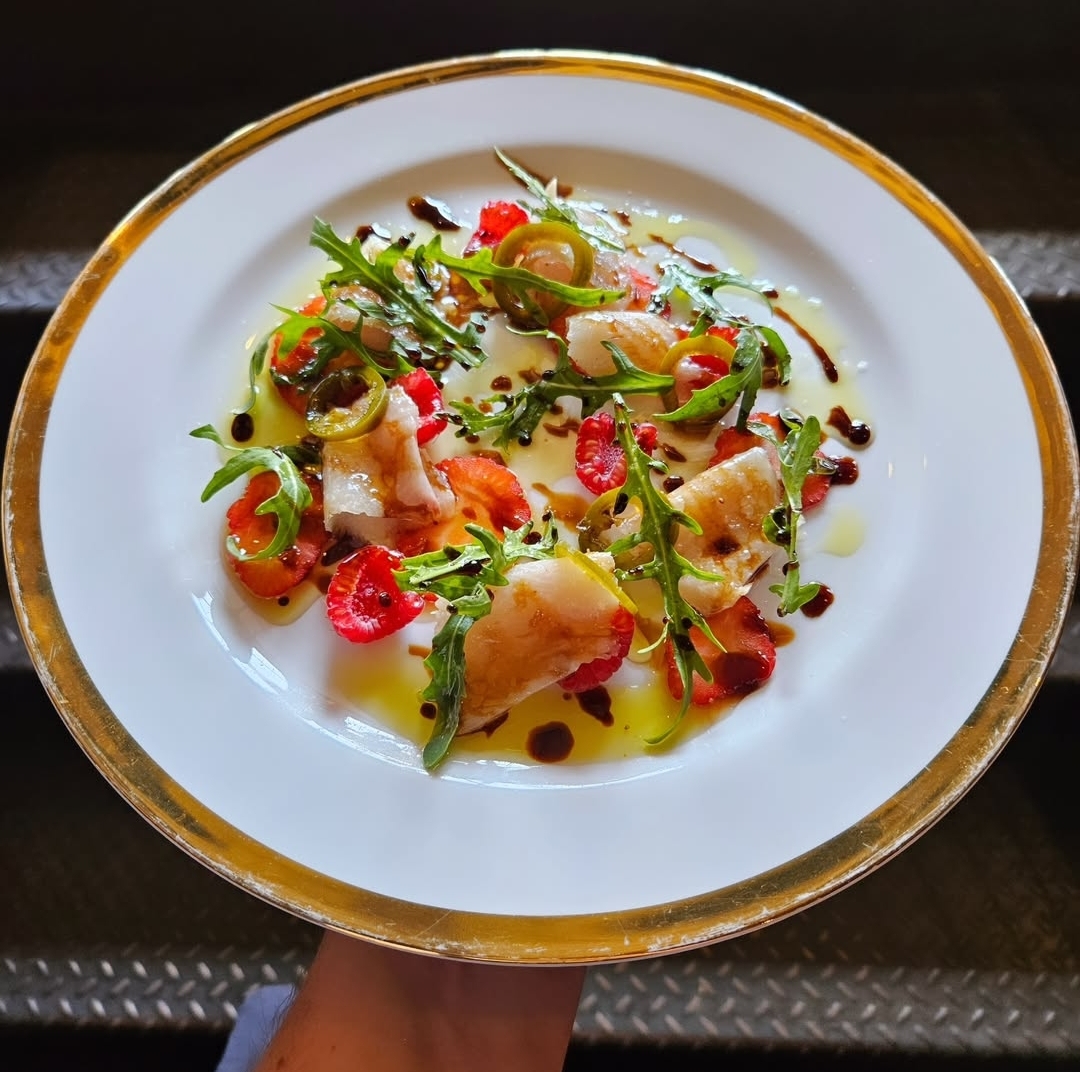

2 responses to “Prime rib with side of history: Johnny’s, iconic Stockyards steakhouse, turns 100”
Love this. I first came to Johnnys from Lincoln, with my family in 1952. I was
8 years old. As I recall the bar and the restaurant were in the same room. The bar down one side and booths on the other. We loved the dinner we had and have returned many times over the past
70 years! Love the Kawa family and send congratulations on a “job” well done‼️
LOVE THIS; MY FAMILY SOLD CATTLE AT THE STOCKYARDS AND JOHNNYS WAS THE PLACE TO CELEBRATE